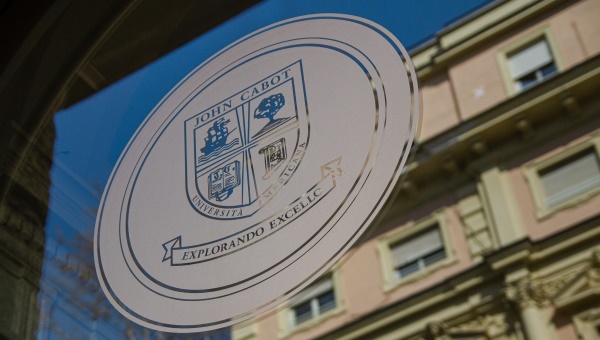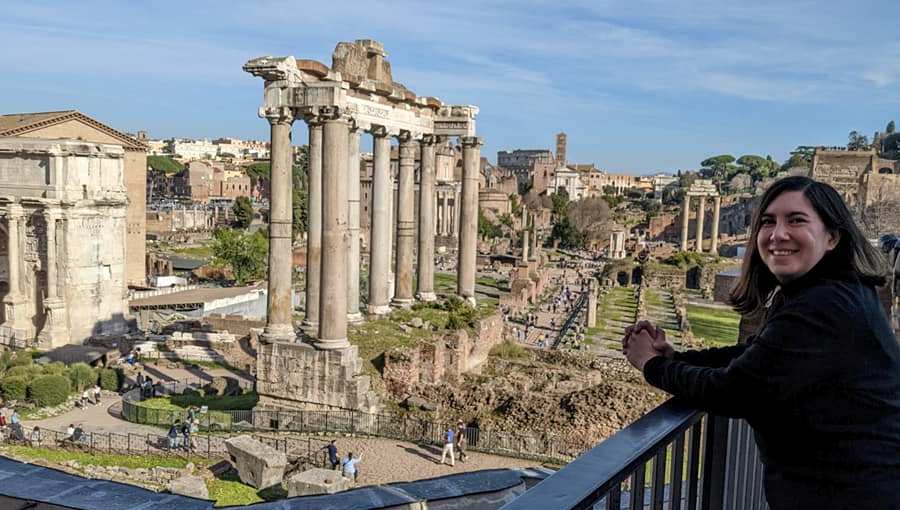Beyond the Marble: Artisanry for Special Needs at the Galleria Borghese
On November 14th, John Cabot University’s Center for Graduate Studies welcomed Dr. Stefania Vannini and Roman artist Stefano Prisco from the Galleria Borghese for a short film presentation and discussion session titled “Artisanry for Special Needs at the Galleria Borghese, Rome.” The short documentary, created by JCU Art History MA candidate Carolina Horta de Paiva and edited with other fellow students, spotlighted a groundbreaking initiative undertaken by the Galleria Borghese. The project focuses on enhancing museum experience for visually impaired people by organizing monthly visits to the Galleria. During these visits, participants can touch and explore miniature replicas of exhibited sculptures, created by artist Stefano Prisco. The initiative, conceptualized by Dr. Vannini and brought to life by Prisco, demonstrates the power of artisanry in fostering inclusivity.
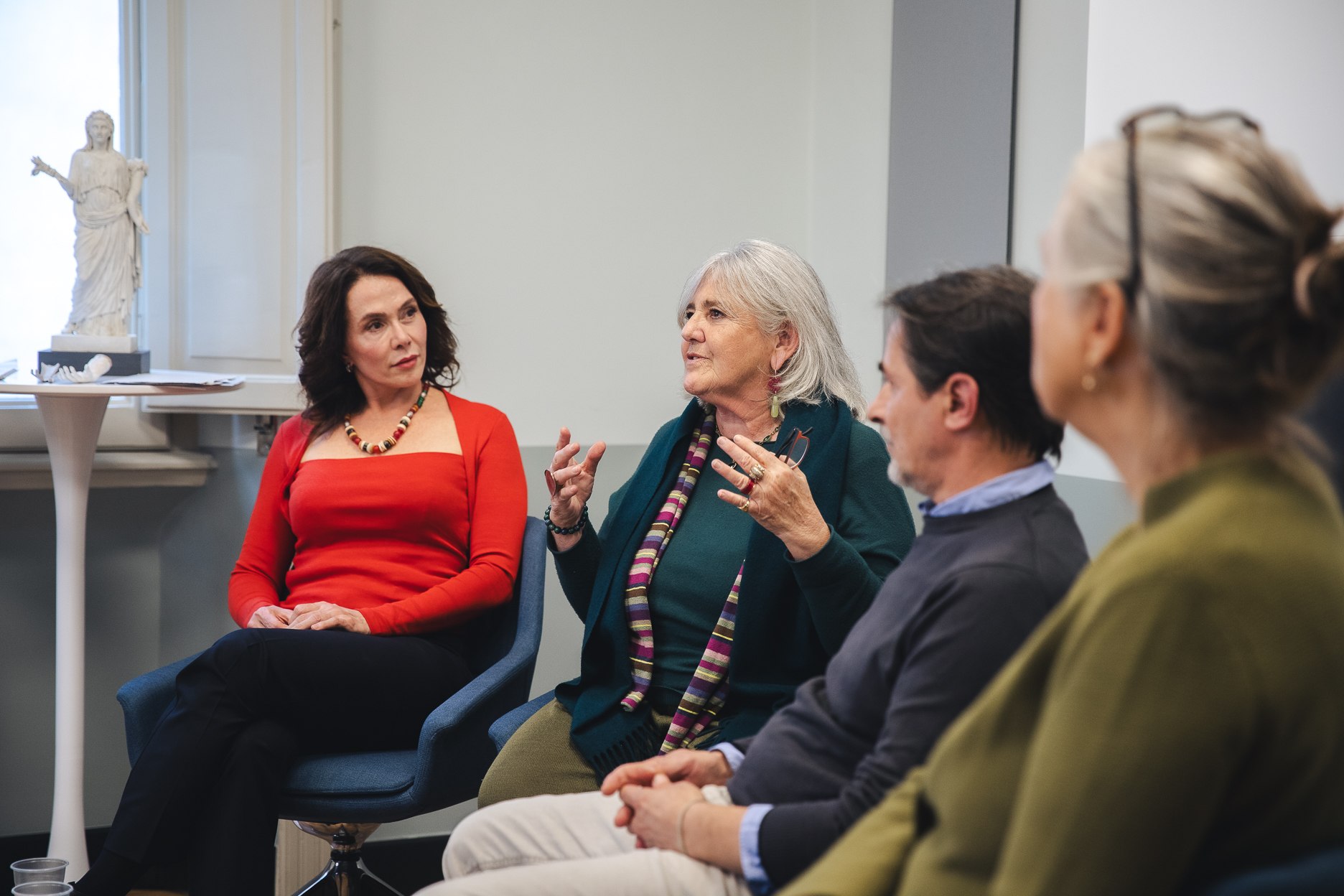
The event started with the screening of the film, followed by an interview conducted by JCU Professor Cornelia Lauf, who moderated the discussion. Professor Lauf is an art historian, curator, and author of numerous books. Her Fabricating Rome graduate course offers several opportunities, including a collaboration with the Galleria Borghese, to talented students interested in museum careers.
Carolina Horta de Paiva is a Master of Arts candidate in Art History at JCU. Originally from Brazil, where she worked for the Ministry of Foreign Affairs, she later moved to London and then to Rome to further her studies in art history. Her passion for art and storytelling inspired her to create Arte até Você, a Portuguese-language website where she shares engaging content on art, travel, and culture. With thousands of followers on social media, Carolina is known for her dedication to producing high-quality, well-researched material for her channel. During her visit to the Galleria Borghese, arranged by Professor Lauf in the context of her Fabricating Rome class, Carolina had the opportunity to meet Dr. Stefania Vannini and experience the museum’s accessibility project firsthand. Exploring and touching the smaller sculptures had a profound impact on her, inspiring her to share this remarkable initiative with her audience, thereby bringing the beauty and inclusivity of the Galleria Borghese project to a new public.
Accessibility Innovators: Dr. Stefania Vannini and Artist Stefano Prisco
Dr. Stefania Vannini has extensive experience in cultural heritage education and promotion. She has been Head of the Education Department and Head of Public Engagement at the MAXXI museum in Rome for several years. Since 2018, she has been the Accessibility Coordinator at the Galleria Borghese, where she develops intercultural accessibility projects for people with disabilities. The shift from the realm of contemporary art, where she could communicate with living artists, to classical art in the Galleria Borghese made her perceive art in a different manner.
Although the idea of making art accessible is not new, most museums opt for 3D printing to help visually impaired people construct mental images of what they touch. Vannini realized that 3D-printed plastic artifacts were not gratifying to the touch, which encouraged her to seek alternatives to provide a more meaningful and engaging cultural experience for the visitors. The search led her to Stefano Prisco, who eagerly embraced the project, as he already had experience working with vulnerable groups, though in a different context.
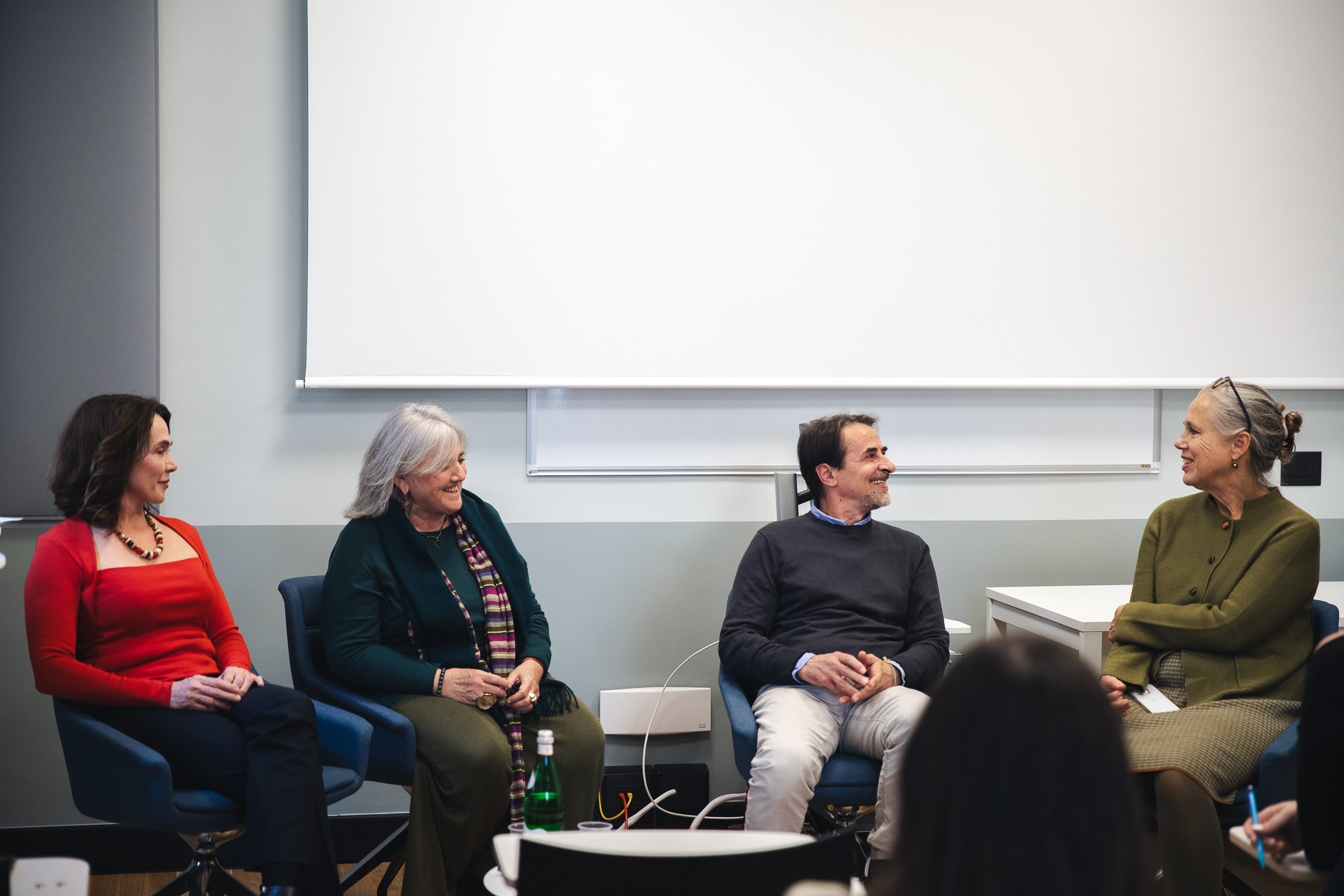
Despite being formally trained in orthodontics, Stefano Prisco grew up surrounded by art, developing carpentry skills and aesthetic sensibility at a young age in the family workshop. He calls himself an artisan. Before this project, he had already engaged with the Galleria Borghese in restoration and museum furniture design.
Meeting Dr. Vannini was “pure magic” to Prisco, as it made it possible for him to adapt his passion for architecture, sculpture, and painting to a good cause. He is honored to reproduce the works of renowned artists like Canova and Bernini using his own techniques. Although initially surprised to hear that art can also be meant “to be touched,” he grew more perceptive and skilled in the realization of his miniature replicas. “The perception of the visually impaired considerably differs from ours. While we are content with images only, they pay attention to details that bypass our sight,” he explained.
Touching Art: Tactile Experiences at Galleria Borghese
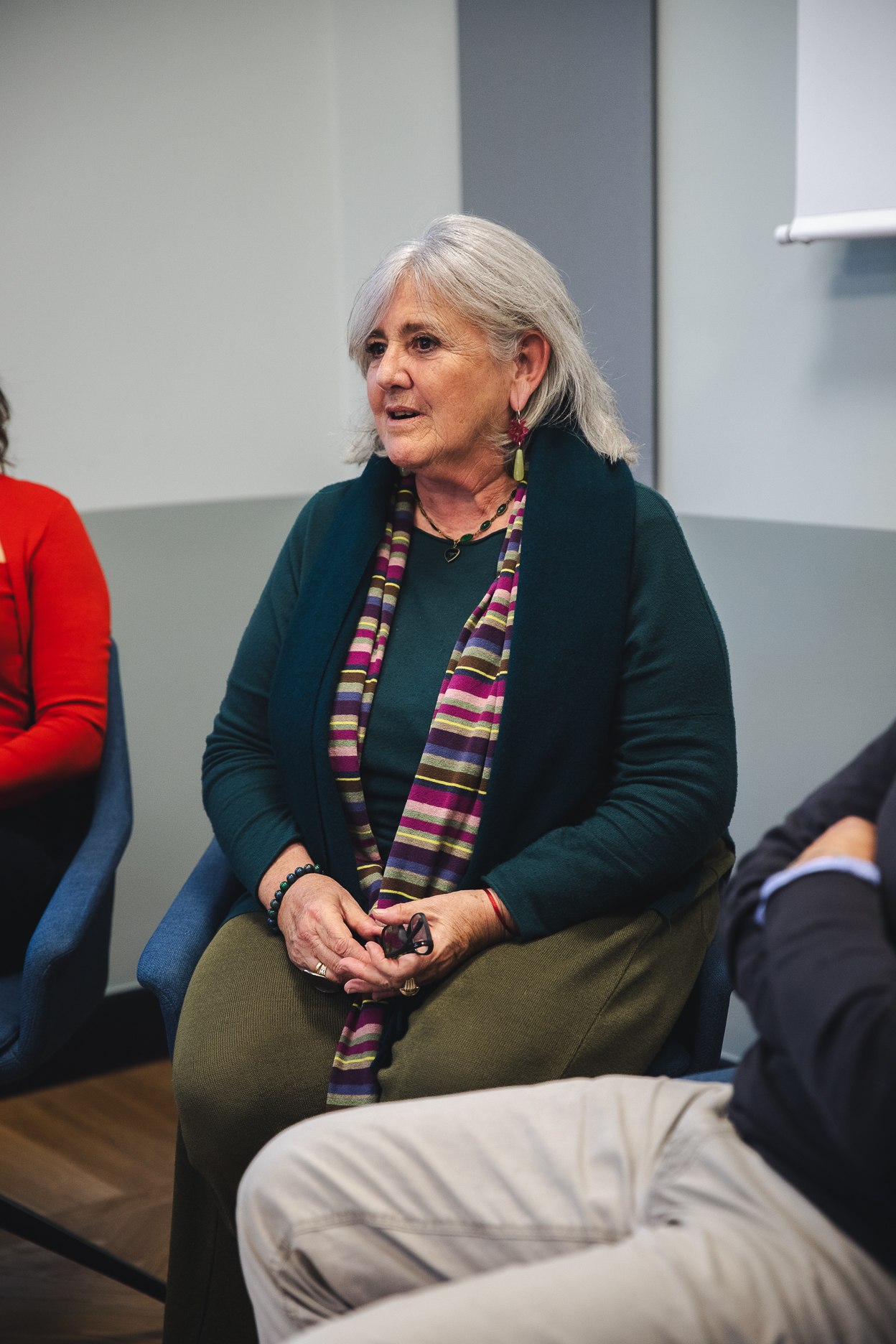
Tactile visits are organized at the Galleria Borghese once a month, on Mondays, when the museum is closed to the public. What makes these visits remarkable is that they are open to both visually impaired and sighted participants, emphasizing the enhanced sensitivity and appreciation that touching brings to art. To demonstrate this concept, Dr. Vannini and Prisco invited participants to touch sample statues displayed in the classroom. These included the statue of the goddess Ceres and Canova’s Paolina Borghese Bonaparte as Venus Victrix.
While the art history graduate students closely examined the samples, Stefano Prisco explained the process behind their creation. These miniatures, designed to be light and pleasant to the touch, are the result of about a month of meticulous craftsmanship. Beyond their aesthetic appeal, the statues are also sustainable, made from recycled materials such as cardboard, plaster, and clay.
“It all begins with a pencil sketch on paper,” he explained. “Next, I craft the individual parts of the sculpture from cardboard, which are then covered with layers of plaster and clay.”
Inclusive Podcasts and Tours
Finally, Dr. Stefania Vannini shared details about another project, “Beyond the Marble,” a podcast by the Galleria Borghese that explores hidden treasures of its archaeological collection through engaging stories. The podcast has already been translated into Italian Sign Language and will soon be available in International Sign Language for people with hearing impairments. Once a month, on a Saturday, the museum organizes guided visits for people with hearing disabilities. These tours not only provide an inclusive experience but also foster interaction, allowing participants to share their impressions and insights with hearing visitors through the support of the tour guide.
(Susan Martirosyan)



